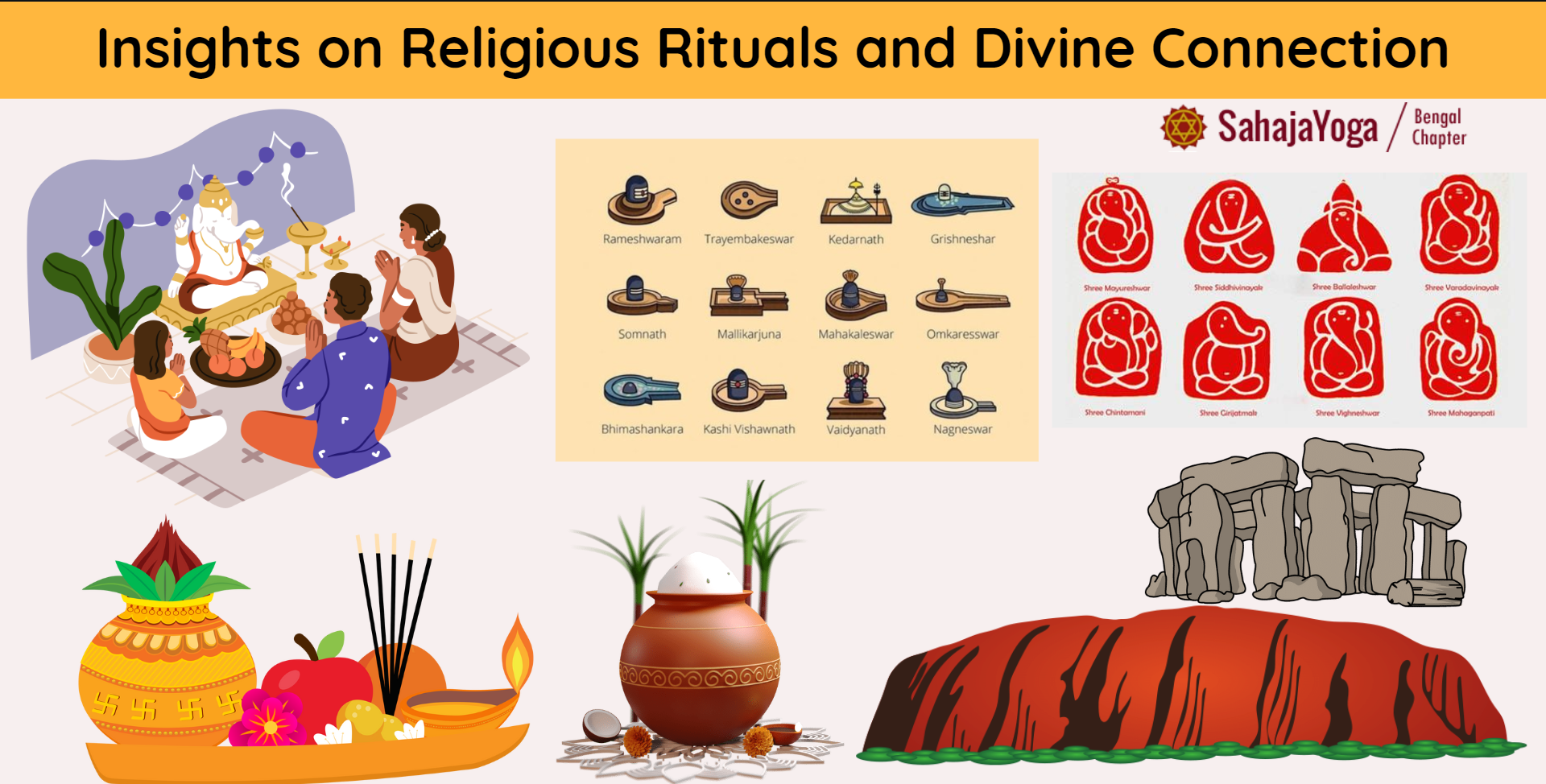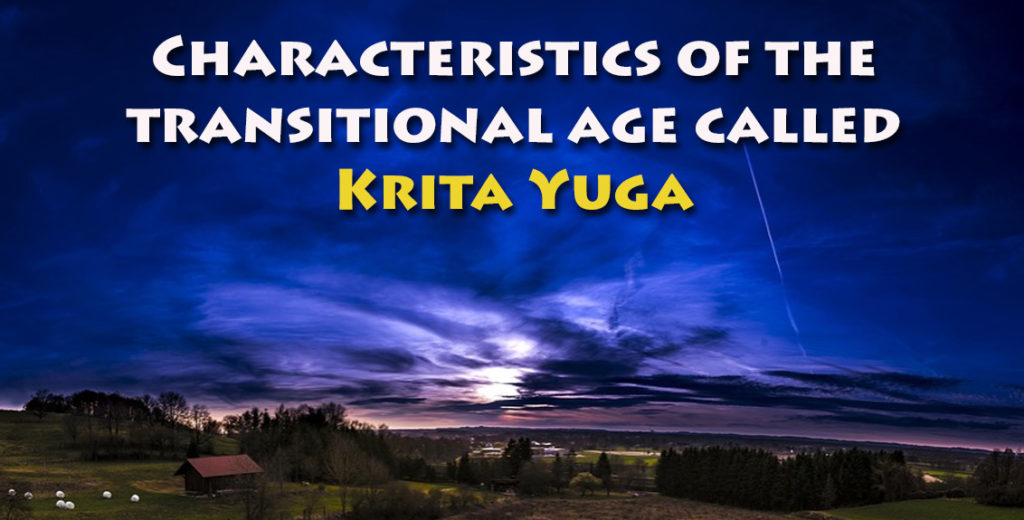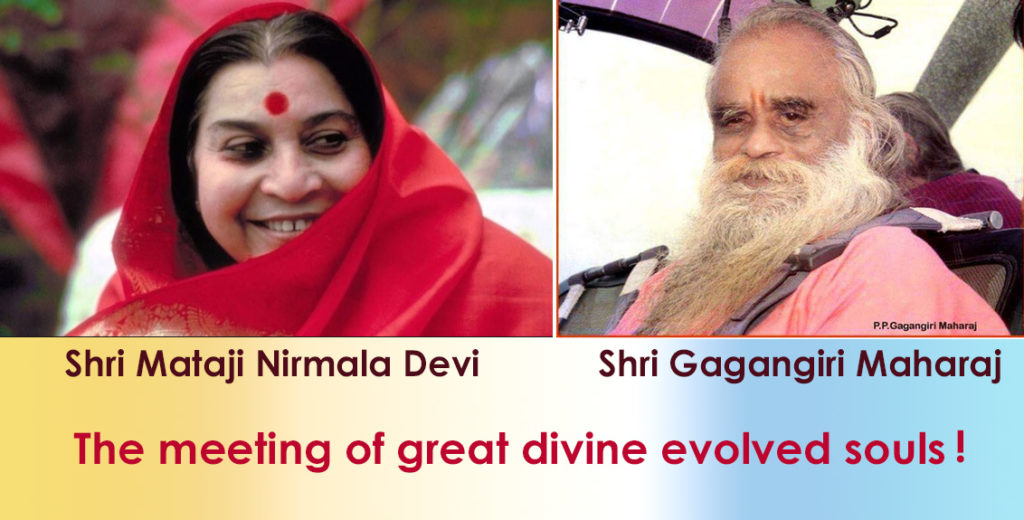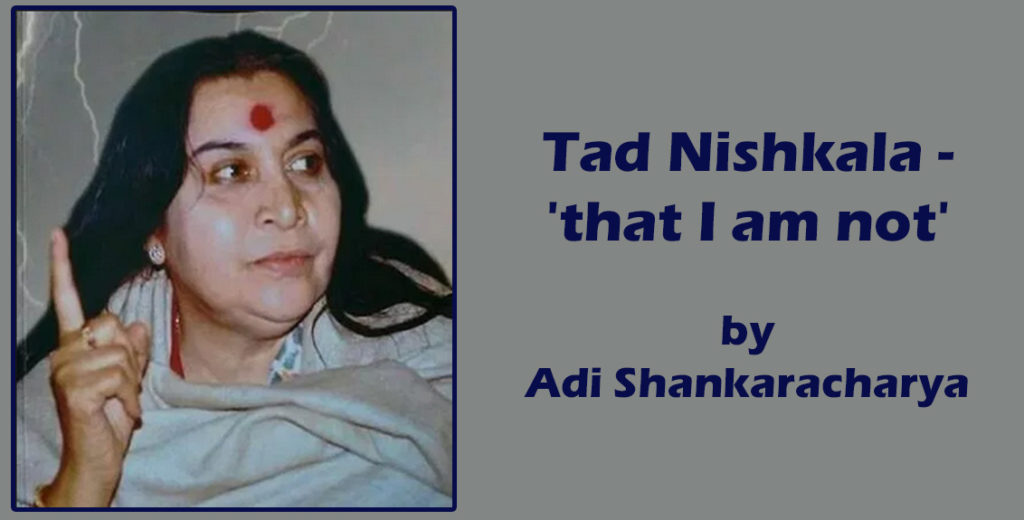Insights on Religious Rituals and Divine Connection
In the pursuit of spiritual fulfillment, many individuals find themselves immersed in elaborate religious rituals, often leading to more lamentation than joy. The disparity between the extensive prayers, mantra recitations, and grand arrangements and the perceived lack of tangible results can be disheartening.
To genuinely connect with the divine, it is suggested to turn towards the experiences shared by great saints and realized beings from various corners of the world. Historical figures such as Sant Kabir, whose verses are enshrined in the Guru Granth Sahib, spoke eloquently about the futility of idol worship in the 14th century. Similarly, the teachings of figures like Guru Nanak Dev Ji, Socrates, Lao Tse, and Prophet Muhammad emphasize collective living, compassion, modesty, honesty, and ethical responsibility for societal progress.
The origin of religious rituals can be traced back to times of widespread illiteracy and lack of education when people sought tangible practices to anchor their faith. These rituals, found in various religious traditions, served as easily comprehensible guides. Despite diverse religious labels, the core value remains consistent: “Do good, be good.” Evil thoughts, words, and deeds are cautioned against, as they distance individuals from goodness and the divine, exposing them to torment from malevolent forces associated with Satan.
Acknowledging the presence of both divine and malevolent forces, akin to day and night, underscores the concept of Free Will bestowed upon humans. The exercise of Free Will involves choosing between love and lust, good and evil, ultimately shaping one’s life and destiny.
While rituals and practices like drawing rangolis endure, and people continue to flock to temples, there is an underlying question: How can individuals independently discern whether a place or object possesses divine vibrations? Yes – there are certain points on Mother Earth that are highly vibrated with divine presence – they are called Swayambhus – eg. the Ashtavinayak in Maharashtra, Or the Jyotirlings spread India wide, or the Stonehenge in UK or the Uluru rock in Australia – but how would you know that they are emitting divine vibrations? Rather than blindly accepting assertions from ancient saints, the call is for a more thoughtful and intelligent approach, questioning and understanding the nature of divine energy.
These queries, emerging from an inquisitive and discerning mind, encourage individuals to transcend cynicism and sarcasm, fostering a deeper understanding of spirituality and transcending the boundaries of religion.




